Meta's Llama 3 will force OpenAI and other AI giants to up their game
The new model pushes open source as a serious contender in the AI space, and proprietary models might soon find themselves playing catch-up


Meta has unveiled the latest iteration of its Llama model, Llama 3 which it says trumps other open source contenders on performance and looks set to challenge the biggest names in AI.
Llama 3 comes in two parameter sizes, 8B and 70B, both of which beat out models of a similar size such as Google’s Gemma 7B, and Gemini Pro 1.0, as well as Mistral 7B.
Trained on two recently announced custom-built 24K GPU clusters that feature a training dataset seven times larger than that used for Llama 2, the firm boasts these models will take “data and scale to new heights”.
On MMLU, a common benchmark for AI models, Llama 3 8B leads the way with 68.4% over Gemma’s 53.3% and Mistral’s 58.4%, while Llama 3 70B has an MMLU score of 82% that just overtakes Gemini’s score of 81.9% and Sonnet’s score of 79%.
Llama 3 supports an 8K context length that doubles the capacity of Llama 2 and the new model reportedly “excels” at language nuance, contextual understanding, and complex translation or dialogue generation tasks.
It can also handle multi-step tasks “effortlessly” according to the firm, while Meta’s “refined post-training processes” have lowered false refusal rates and boosted diversity in the model’s answers.
"The release of Llama 3 by Meta with its advanced capabilities is poised to set a new benchmark in the open-source generative AI market,” Moses Guttmann, CEO and co-founder of ClearML, told ITPro.
Sign up today and you will receive a free copy of our Future Focus 2025 report - the leading guidance on AI, cybersecurity and other IT challenges as per 700+ senior executives
“By pushing the limits of what open-source models can achieve, Llama 3 challenges other contributors to elevate their own offerings, accelerating innovation across the board,” he added.
Meta also teased a more powerful model that it says is still in training called Llama 3 400B+, which looks to be competitive with the biggest proprietary models at benchmarks of 86.1% MMLU and 84.1% HumanEval, a benchmark that tests code generation capabilities.
By way of comparison, Claude 3 Opus operates at 86.8% MMLU, just 0.7% ahead, while OpenAI’s GPT-4 operates at 86.4% MMLU.
Of course, Meta has yet to release the 400B+ version of Llama 3, though these figures do point to an overarching acceleration in open source as a competitor to closed source.
“These latest advancements reaffirm our belief in the potential of open source AI to rival closed-source alternatives,” Guttmann said.
Proprietary models could fall by the wayside for enterprise use
Though OpenAI’s GPT-4 is still the frontrunner in terms of performance, Llama 3 may signal a sea change in the enterprise’s approach to AI, according to CEO and co-founder of SambaNova Systems Rodrigo Liang.
RELATED WHITEPAPER

“Enterprises don’t need to build their own models, because the open-source community is more innovative than any single organization,” Liang told ITPro.
“A community working together will always be more powerful than an individual company, and leveraging this community is the best way for any organization to keep up with a rapidly evolving AI landscape,” he added.
Liang suggests that the ethos of innovation in the open source community will seem a more attractive landscape for the enterprise AI user, and Meta’s latest announcement seems to further solidify this position.
“With each passing week, the trajectory becomes clearer, affirming that open source is the optimal path forward,” Guttmann said.

George Fitzmaurice is a former Staff Writer at ITPro and ChannelPro, with a particular interest in AI regulation, data legislation, and market development. After graduating from the University of Oxford with a degree in English Language and Literature, he undertook an internship at the New Statesman before starting at ITPro. Outside of the office, George is both an aspiring musician and an avid reader.
-
 Trump's AI executive order could leave US in a 'regulatory vacuum'
Trump's AI executive order could leave US in a 'regulatory vacuum'News Citing a "patchwork of 50 different regulatory regimes" and "ideological bias", President Trump wants rules to be set at a federal level
-
 TPUs: Google's home advantage
TPUs: Google's home advantageITPro Podcast How does TPU v7 stack up against Nvidia's latest chips – and can Google scale AI using only its own supply?
-
 Some of the most popular open weight AI models show ‘profound susceptibility’ to jailbreak techniques
Some of the most popular open weight AI models show ‘profound susceptibility’ to jailbreak techniquesNews Open weight AI models from Meta, OpenAI, Google, and Mistral all showed serious flaws
-
 Meta’s chaotic AI strategy shows the company has ‘squandered its edge and is scrambling to keep pace’
Meta’s chaotic AI strategy shows the company has ‘squandered its edge and is scrambling to keep pace’Analysis Does Meta know where it's going with AI? Talent poaching, rabid investment, and now another rumored overhaul of its AI strategy suggests the tech giant is floundering.
-
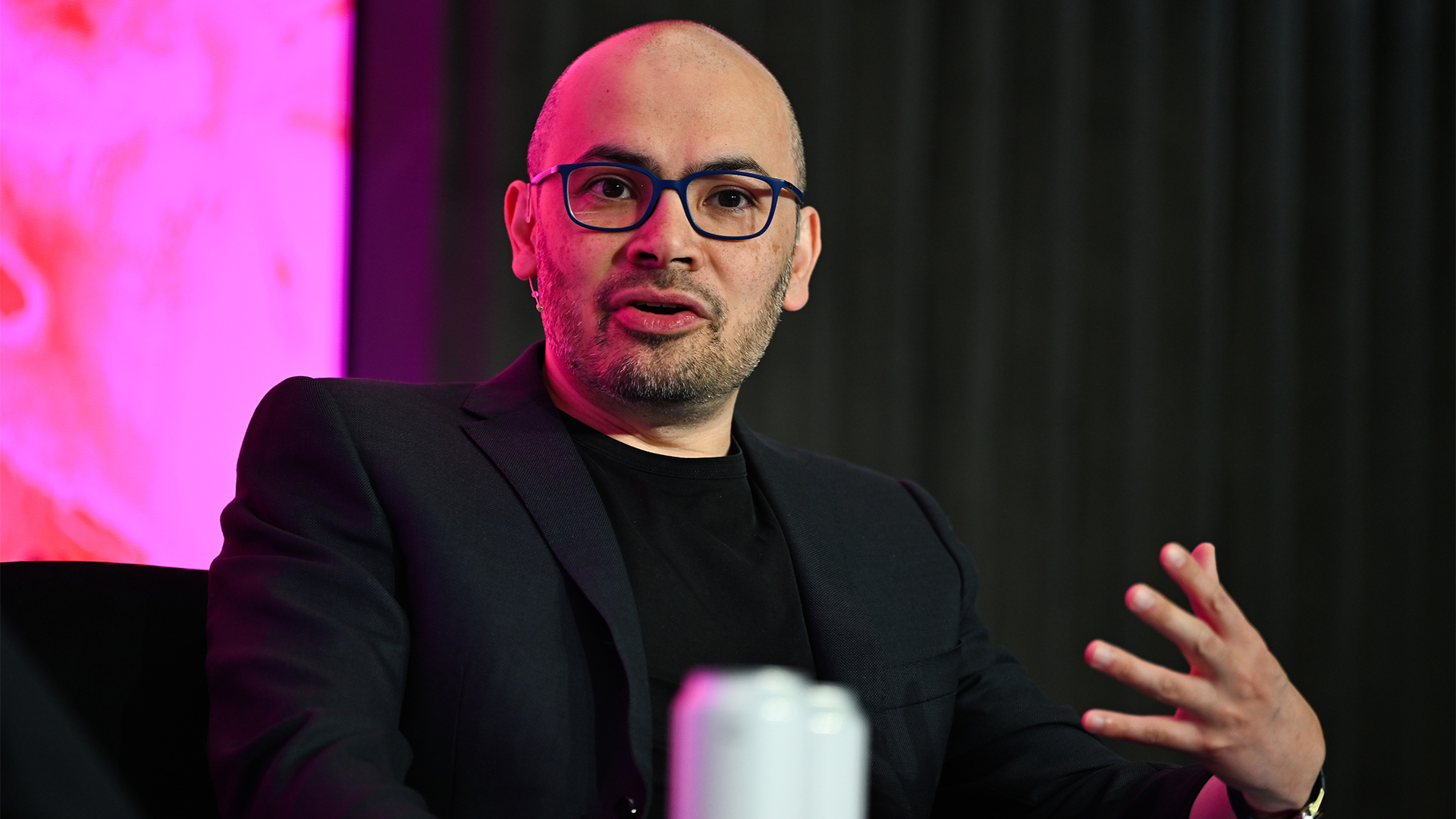 DeepMind CEO Demis Hassabis thinks Meta's multi-billion dollar hiring spree shows it's scrambling to catch up in the AI race
DeepMind CEO Demis Hassabis thinks Meta's multi-billion dollar hiring spree shows it's scrambling to catch up in the AI raceNews DeepMind CEO Demis Hassabis thinks Meta's multi-billion dollar hiring spree is "rational" given the company's current position in the generative AI space.
-
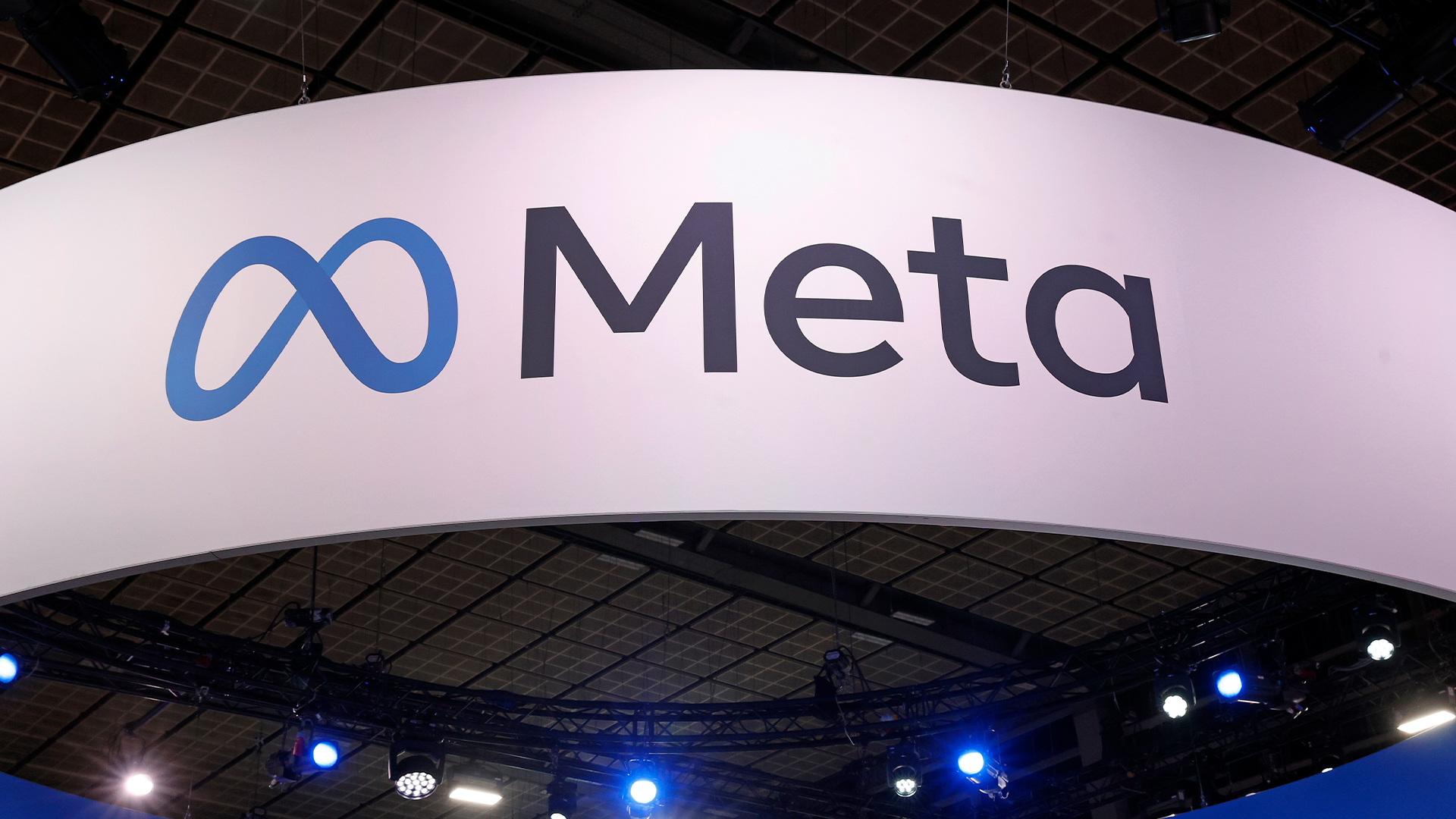 The UK government is working with Meta to create an AI engineering dream team to drive public sector adoption
The UK government is working with Meta to create an AI engineering dream team to drive public sector adoptionNews The Open-Source AI Fellowship will allow engineers to apply for a 12-month “tour of duty” with the government to develop AI tools for the public sector.
-
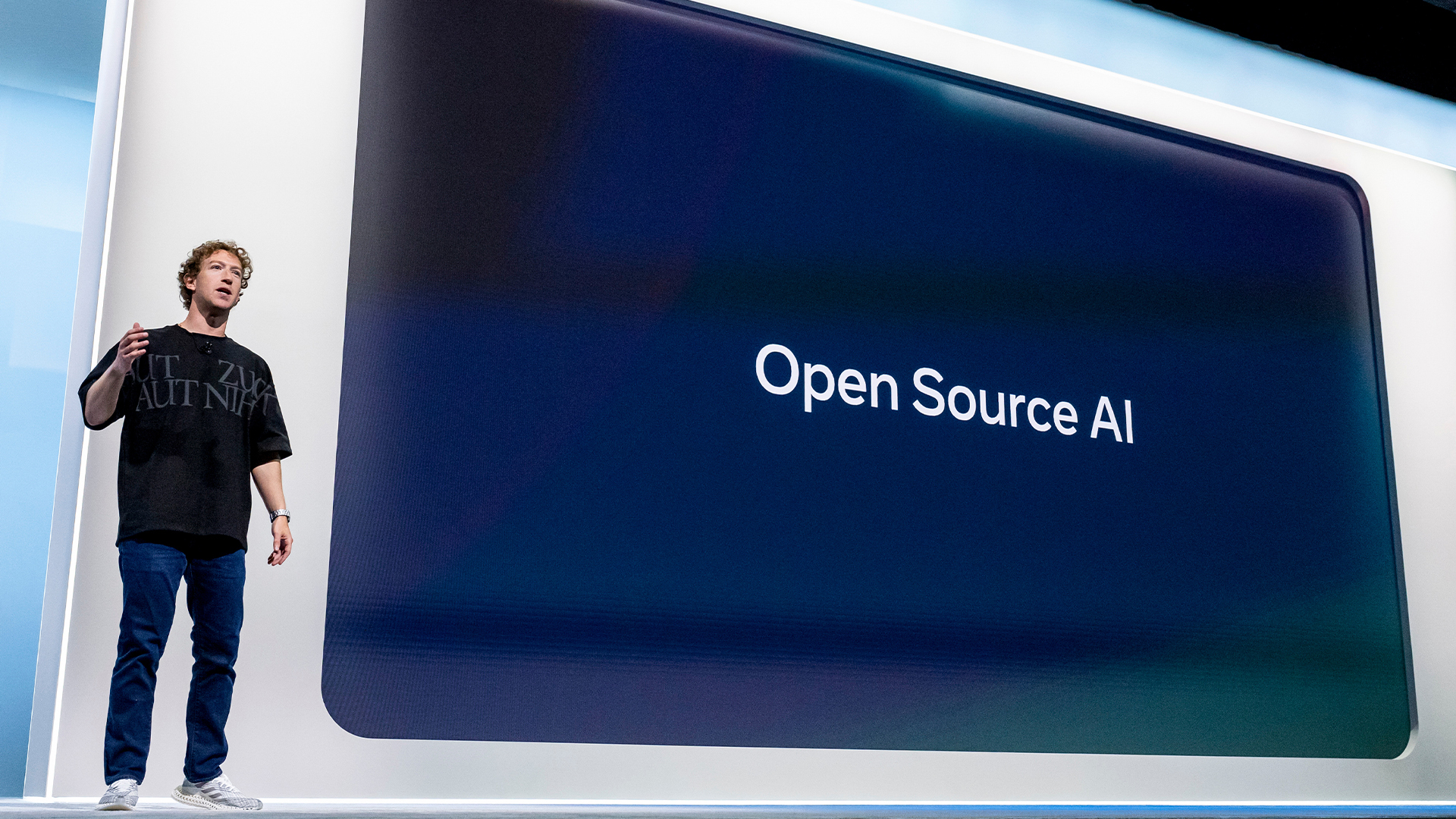 Meta faces new ‘open washing’ accusations with AI whitepaper
Meta faces new ‘open washing’ accusations with AI whitepaperNews The tech giant has faced repeated criticism for describing its Llama AI model family as "open source".
-
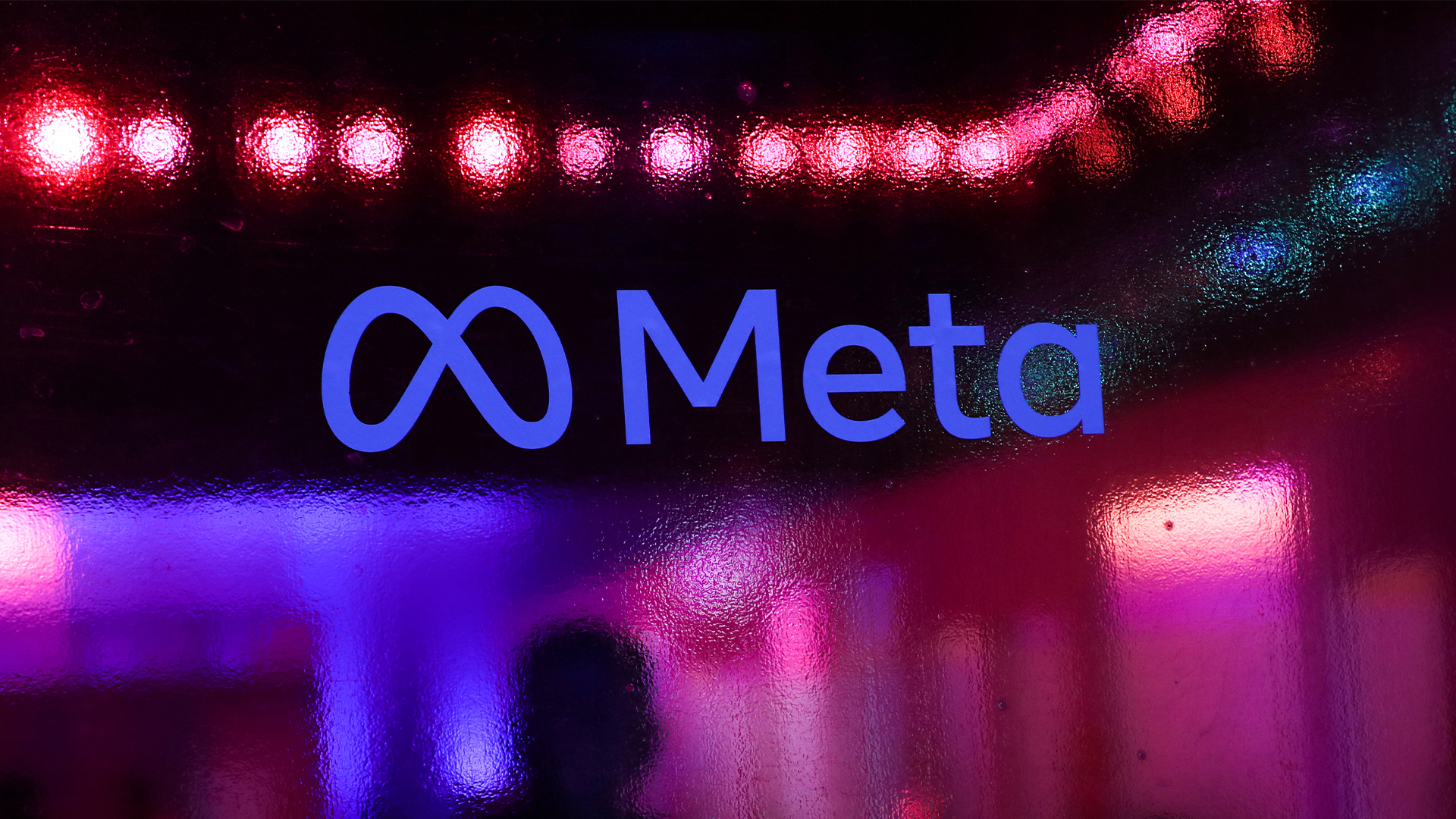 Meta executive denies hyping up Llama 4 benchmark scores – but what can users expect from the new models?
Meta executive denies hyping up Llama 4 benchmark scores – but what can users expect from the new models?News A senior figure at Meta has denied claims that the tech giant boosted performance metrics for its new Llama 4 AI model range following rumors online.
-
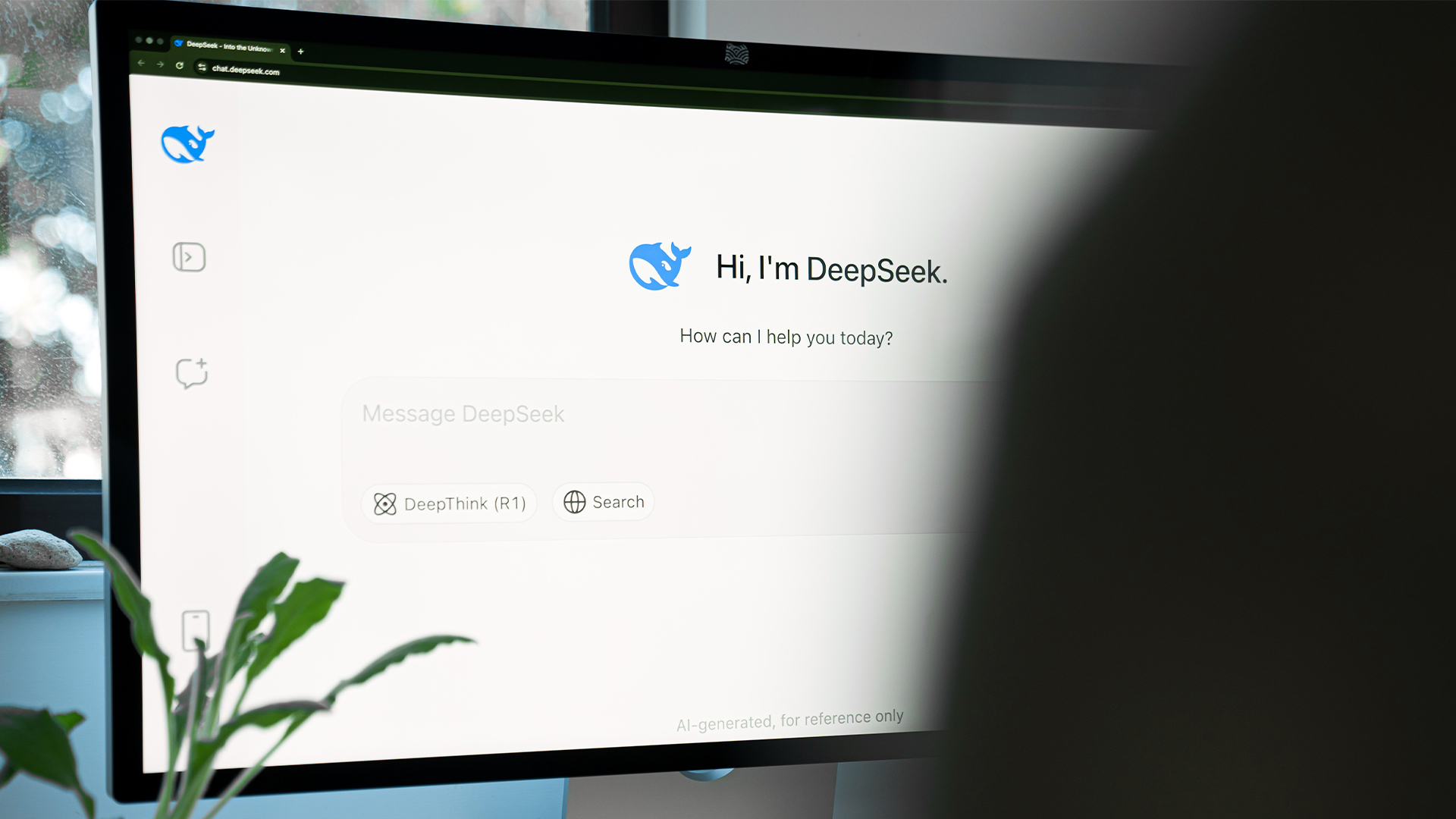 The DeepSeek bombshell has been a wakeup call for US tech giants
The DeepSeek bombshell has been a wakeup call for US tech giantsOpinion Ross Kelly argues that the recent DeepSeek AI model launches will prompt a rethink on AI development among US tech giants.
-
 Meta won't release multimodal AI models in Europe due to "unpredictable" privacy regulations
Meta won't release multimodal AI models in Europe due to "unpredictable" privacy regulationsNews The "unpredictable nature" of EU regulations have prompted Meta to scrap plans to release its models across the region